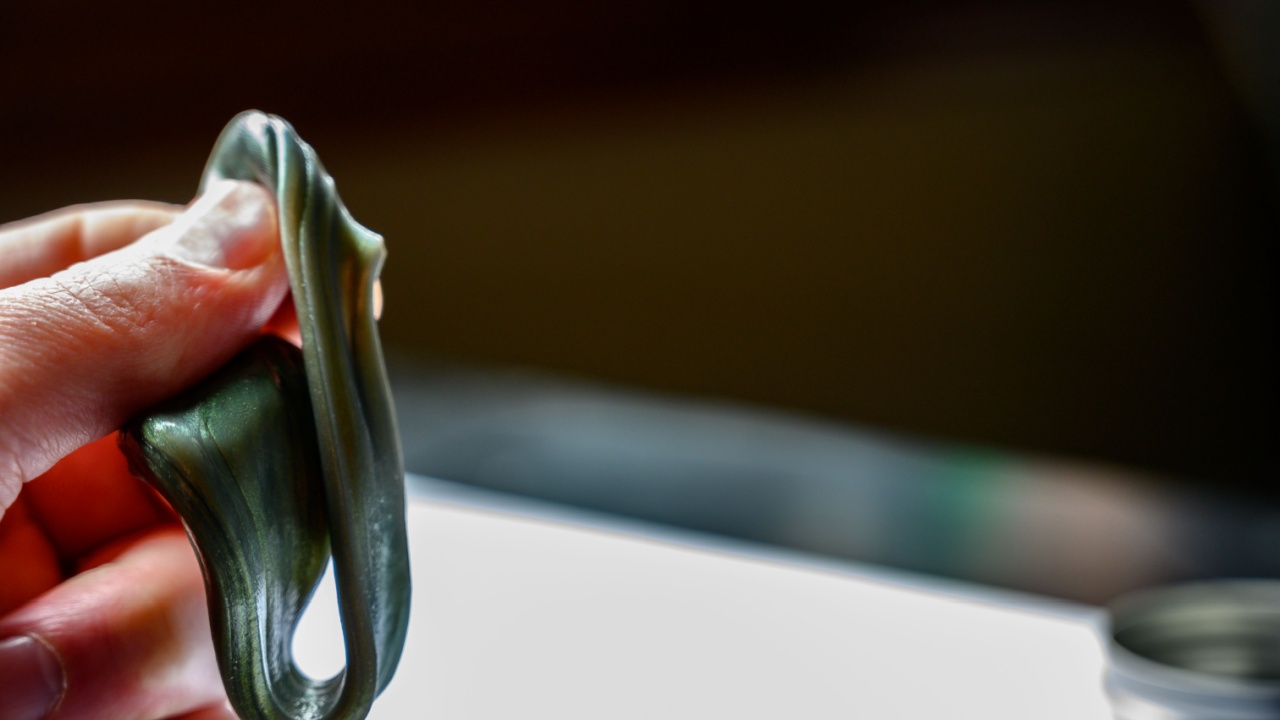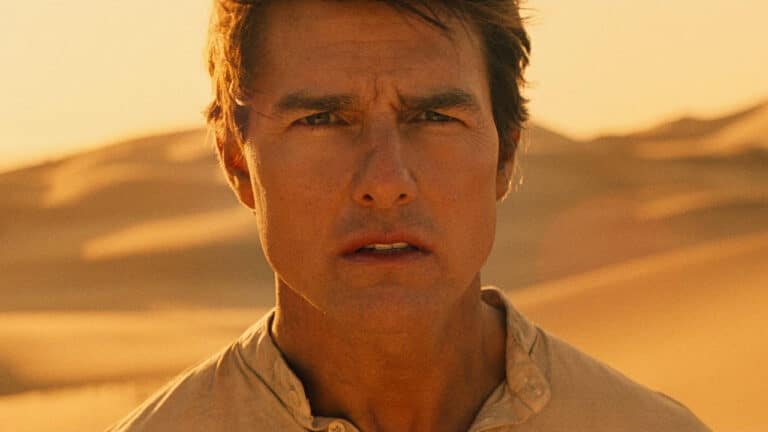24 Everyday Household Items That Were Developed by the Military

The military establishes itself as a force engaged in warfare and global conflicts. Over the decades, it’s produced countless items we now use in our everyday lives at home. When admiring household necessities like insect spray and tissues, it’s intriguing to discover how such items came to be—especially those that treated the wounded on the battlefield.
While many innovations were in their infancy, many evolved into the items we casually utilize as part of our daily routines.
Duct Tape

Duct tape is the most outstanding solution for many minor problems, though its original intention might surprise some history buffs. At first, “duck tape” would hold together ammunition boxes by sealing out moisture. This idea came from Vesta Stoudt’s ambition to help during World War II. Stoudt, a factory worker and mother of two soldiers, even wrote a letter to President Franklin D. Roosevelt in 1943 to share her idea.
Duct tape first appeared in waterproof green instead of the silver variant we know today. Eventually, its usage grew beyond ammunition as soldiers found other instances where rigid duct tape could be helpful.g
Microwave

The microwave continues to evolve today, though American engineer Percy Spencer was the one who discovered its cooking potential. In 1945, while working with the Raytheon Company, Spencer conducted tests on a military-grade magnetron. When break time arrived, he reached into his pocket to enjoy a chocolate candy bar. However, he withdrew a melted bar thanks to the microwaves emitting from the magnetron.
Later that year, after further testing, Spencer filed a patent for the first microwave oven. Additionally, he would eventually receive over 100 other patents throughout his career.
Computers

Before anything about them was “personal,” computers aided military forces by breaking codes during the 20th century. This technological advancement came from Charles Babbage, an English mathematician who developed the Difference Engine in the 1820s. This machine conducted complex mathematical calculations that ultimately replaced manual labor. He soon thought of the Analytical Engine, which aimed to work out more complicated calculations.
While others like Joseph Marie Jacquard contributed to the first computers, Babbage’s genius propelled the invention forward. It helped spur the emergence of Colossus, the first large-scale electronic computer responsible for cracking the German Enigma machine.
Aviator Sunglasses

While famous actors like Tom Cruise and Arnold Schwarzenegger donned aviator sunglasses, they stemmed from an idea in 1929. After noticing several issues while flying with aviation goggles, American pilot James A. Macready thought of a way to enhance aviation eyewear. As such, Macready worked with optical health company Bausch & Lomb to generate a design.
When the second half of the 1930s rolled along, Macready’s aviation sunglasses became commercially available. Ray-Bans would eventually go on sale in 1937, with the Ray-Ban Aviators coming into production the following year. Celebrities and politicians didn’t take long to realize the fashionable power behind a pair of Ray-Bans.
The Internet

We always associate computers with the Internet, but it wasn’t always the case. The Internet’s earliest days align more with the ARPANET, or the Advanced Research Projects Agency Network. First commissioned by the United States Department of Defense, the ARPANET introduced communication on a single network. It wasn’t until the 1970s that scientists Robert Kahn and Vinton Cerf introduced the TCP/IP communication protocols that the Internet gained speed.
Other advancements further developed the concept of a shared web. Though ARPANET was discontinued in 1990, computer scientist Tim Berners-Lee began official work on the World Wide Web.
Epipens

In an allergic emergency, we administer an EpiPen to prevent death. Many folks can look to Sheldon Kaplan to find the origin of EpiPen. During the Cold War in the 1970s, Kaplan worked with Survival Technology to produce a modified epinephrine autoinjector. Initially used to combat nerve gas, Kaplan discovered its beneficial effects to save those from anaphylactic shock.
In 1977, Kaplan received a patent for the autoinjector, which became commercially available a decade later in 1987. Today, the autoinjector EpiPen is responsible for saving countless lives.
Kleenex

Many use Kleenex tissues for cosmetic and hygienic purposes, though their original use dates back to the First World War. To fight against poison gas attacks, the Kimberly-Clark company created a crepe paper called Cellucotton. This invention would eventually replace regular cotton needed for injuries. Moreover, Kotex, the menstrual hygiene company, would use the same crepe paper design to generate its famous sanitary towels.
Throughout the 20th century, the Kleenex brand evolved into the company we know today. What was once used to treat wounded soldiers on the field is now widely utilized to remove makeup and combat sneezes.
Radar

Action films depict radars during militarized scenarios, and the connection is rooted in history. The radar system is an invention that underwent several stages before the military could properly manufacture it. In the 1930s, German engineer Hans Hollmann established the first operational radar system to detect enemy movement.
Both the Allies and Axis powers soon took advantage of the growing technology. It was a massive step in approaching and studying combative measures. The United States Army SCR-270 radar at Pearl Harbor was the system to detect oncoming Japanese forces before the December 7, 1941 attack.
Electric Razors

When facial hair grows uncontrollably or needs a new look, we turn to electric razors. But before the world needed razors to trim hair, men resorted to blades. Thankfully, Canadian-American inventor Jacob Schick imagined a better way to shave. Upon dealing with some health issues while serving in the army, Schick developed the first electric razor.
While initial concepts were rejected, Schick invented the Magazine Repeating Razor and founded a company with the same name. It was a success, and Schick later acquired a patent for the electric razor by 1930.
Walkie Talkies

Communicating with your fellow soldier from afar was thought of by many before the first walkie-talkie was introduced to the public. While some may credit Al Gross for inventing the “pack set,” others turn to Canadian inventor Don Hings for the walkie-talkie’s inception. While initially intended to assist pilot communication, the Second World War amplified the communicative capabilities of the walkie-talkie.
Moreover, the Galvin Manufacturing Company, now known as Motorola, accelerated the walkie-talkie movement by bringing forth the SCR-300 portable receiver. It was the first radio to receive the “walkie-talkie” moniker. Today, the walkie-talkies we use are far from what they were originally used for.
Cheetos

Gouda gurus and enthusiastic snackers salivate over an opened bag of Cheetos, yet some may not be familiar with its history. While the military didn’t produce Cheetos, they devised ways to feed their soldiers using meal-packing solutions. One such solution was dehydrated food, with cheese notably becoming a valuable edible asset. This was introduced by George Sanders, a scientist at the United States Department of Agriculture, in 1943.
Years later, after the Second World War ended, Fritos founder Charles Elmer Doolin introduced the world to Cheetos. They are now a widely consumed snack enjoyed by many across the globe.
GPS

Whether traveling from A to B or locating a lost phone, we use global positioning systems, or GPS, to guide us. However, this wasn’t always the case. Global navigation and positioning systems were merely concepts that Dr. Ivan Getting thought up. That concept pushed innovation; Russia and the United States eventually launched satellites in the 1950s and 60s. It influenced the notion of a “space race” between the two nations.
The military continued enhancing its navigational capabilities until President Bill Clinton ordered the discontinuation of the Selective Availability feature. Without it, GPS became widely available for everyone to use.
Silly Putty

The discovery of Silly Putty was an accident. While operating as an engineer in General Electric’s New Haven laboratory, James Wright combined materials to produce a substitute for rubber. Its purpose was to help replenish the failing supply chain of rubber the Allies needed. However, it could only be acquired from other countries during World War II. Dow Corning’s Earl Warrick is also credited with the discovery, yet it never delivered.
It wasn’t until years later that marketing consultant Peter Hodgson realized its commercial potential as a toy for adults and children. Hodgson purchased the production rights in the 1950s and renamed the material Silly Putty.
Bug Spray

Pesky insects have a habit of crawling over almost everything, including soldiers fighting in woodland warfare conditions. Such invasive diseases like malaria and dengue were common among soldiers. This motivated the United States Department of Agriculture and Samuel Gertler to synthesize diethyltoluamide, or DEET, in the 1940s.
This is not to be confused with dichlorodiphenyltrichloroethane (DDT), another chemical compound that protected Allied soldiers. Both creations eventually found public distribution, with products like Off! and Raid bringing the insect fight to the frontlines.
Pringles

While Cheetos was born out of cheese powder from World War II, Pringles came into the picture due to consumer complaints. From greasiness to undesirable chip bits, a bag of chips wasn’t sufficient. To remedy these customer complaints, chemist and aviation physiologist Fredric J. Baur mathematically assembled the Pringles packaging process. Though Procter & Gamble provided the task, Baur came up with the new edible chip.
Further modifications came into the manufacturing end to improve the potato “crisp” from Procter & Gamble. Another employee, Alexander Liepa, would soon find the perfect tasting combination we know and enjoy today.
Freeze Dried Foods

In addition to Pringles and Cheetos, the military also devised the idea of feeding the servicemen freeze-dried food. It first arose in 1906 by Jacques-Arsene d’Arsonval at the College de France in Paris. His early tests were tedious, an infinity from many utilized today to conserve products. However, they provided a major step toward the freeze-drying method.
Decades later, during World War II, the military used freeze-drying methods to preserve blood serum. Moreover, portable rations became a fundamental asset for soldiers who needed to eat. Today, we freeze-dry various necessities to preserve them, from food production to pharmaceuticals.
Jeep

Military scenarios and films based on World War II often feature a Jeep in action. The Jeep was a soldier’s trustworthy vehicle, whether prevailing tough terrain or dodging enemy fire. Resourceful and light in weight, the 4×4 military vehicle serviced the United States Armed Forces and its Allies. Soldiers used Jeeps to transport essential goods, traverse regions, provide medical services, and more.
What started with the first Jeep Brand 4×4 with the 1940 Willys Quad would eventually evolve into more vehicles. These include the Gladiators, Grand Cherokees, and Wranglers we drive today.
Super Glue

Folks will tell you not to apply Super Glue onto your skin, though soldiers in World War II were instructed otherwise. Used to help seal wounds, the United States Food and Drug Administration disapproved of the rapid cyanoacrylates (fast-acting tissue adhesives). Despite this, field medics still administered the fast-acting substance to save countless lives.
Known as Mr. Super Glue to some, Harry Wesley Coover Jr. discovered the adhesive’s properties while working at Eastman Kodak. Originally classified as Eastman 910, Super Glue eventually grew into the awesome product we use today.
Drones

Drones are becoming more available today than they were back in the 1910s. During the First World War, Britain followed engineer Archibald Low’s unmanned aerial vehicle (UAV) concept. The Aerial Target became the first radio-controlled aircraft without any soldier onboard. The Americans also designed their unmanned aerial torpedo with the Kettering Bug.
From there, the development of UAVs continued, with subsequent wars featuring massive improvements in drone technology. Today, Drones are used for various purposes not nailed down to military efforts like training and surveillance. We use drones to explore distant areas, monitor the weather, and maintain transportation.
Canned Food

If soldiers consumed freeze-dried food, it’s safe to assume they indulged in canned goods. Canning, as appropriately named, is the process of preserving food within a sealed container. This idea was one of chef Nicolas Appert’s methods of maintaining food for the French government’s Grande Armée.
After he received a reward for discovering the canning method, Appert continued to evolve food preservation. Though he’s credited for canning, the tin can implementation was brought forth by French engineer Philippe de Girard in the early 1800s. The cosmic synergy between these individuals makes many consumers rely on canned food for various reasons.
Cargo Pants

Before becoming an option for shoppers at clothing stores, cargo pants initially supported British troops in the 1930s. Weaved to hold essential intel, combat trousers quickly found their way to the United States during World War II. War records indicate that modified battle dresses featured additional pockets to store ammunition and food.
While the military widely uses cargo pants today, the 1990s popularized them in the fashion world. Everyone donned a pair, from the celebrities we watched on cable TV to our neighbors and friends. Now, cargo trousers are as fashionable as ever with modern fashion bringing back trends from the 1990s.
Penicillin

Administering penicillin is recommended to treat many bacterial infections, which Dr. Alexander Fleming stumbled upon during an experiment in 1928. Fleming published his discovery the following year, dubbing the bacteria killer as penicillin. A decade later, penicillin’s development reached new heights with the expertise of Howard Florey and several researchers who purified penicillin.
The substance ultimately landed in the hands of the United States. Further modifications found ways to guide the fermentation process into a more profitable and beneficial state. Soon, soldiers could have a fighting chance to treat infections with war production efforts manufacturing seemingly limitless pure penicillin.
Night Vision Technology

Difficulty seeing at night is easily remedied with night vision technology, which originated in 1929 by Hungarian physicist Kálmán Tihanyi. Tihanyi inadvertently paved the way for German forces to utilize infrared technology by developing the first infrared-sensitive camera. This transpired during World War II; the Allies would soon devise their night vision devices.
Night vision technology evolved once World War II ended in 1945. It received new tweaks throughout the Vietnam War and successive global conflicts. Since then, infrared devices have circumvented the need to host light when exploring darkness for military and civilian uses.
Nylon and Synthetic Fabrics

Before fashion statements demonstrated stylish choices with nylon, the military needed ways to avert using cotton in World War II. They turned to DuPont’s creation of synthetic fabrics to generate new resources like nets and parachutes. While nylon was already commercially available, particularly selling women’s stockings, wartime necessities called for tremendous nylon production.
While the military didn’t assemble the synthetic polymers used today, they’re responsible for devising ways to replace cotton. In addition to clothing, we use nylon for various purposes, including mechanical engineering, industrial applications, and personal hobbies.





